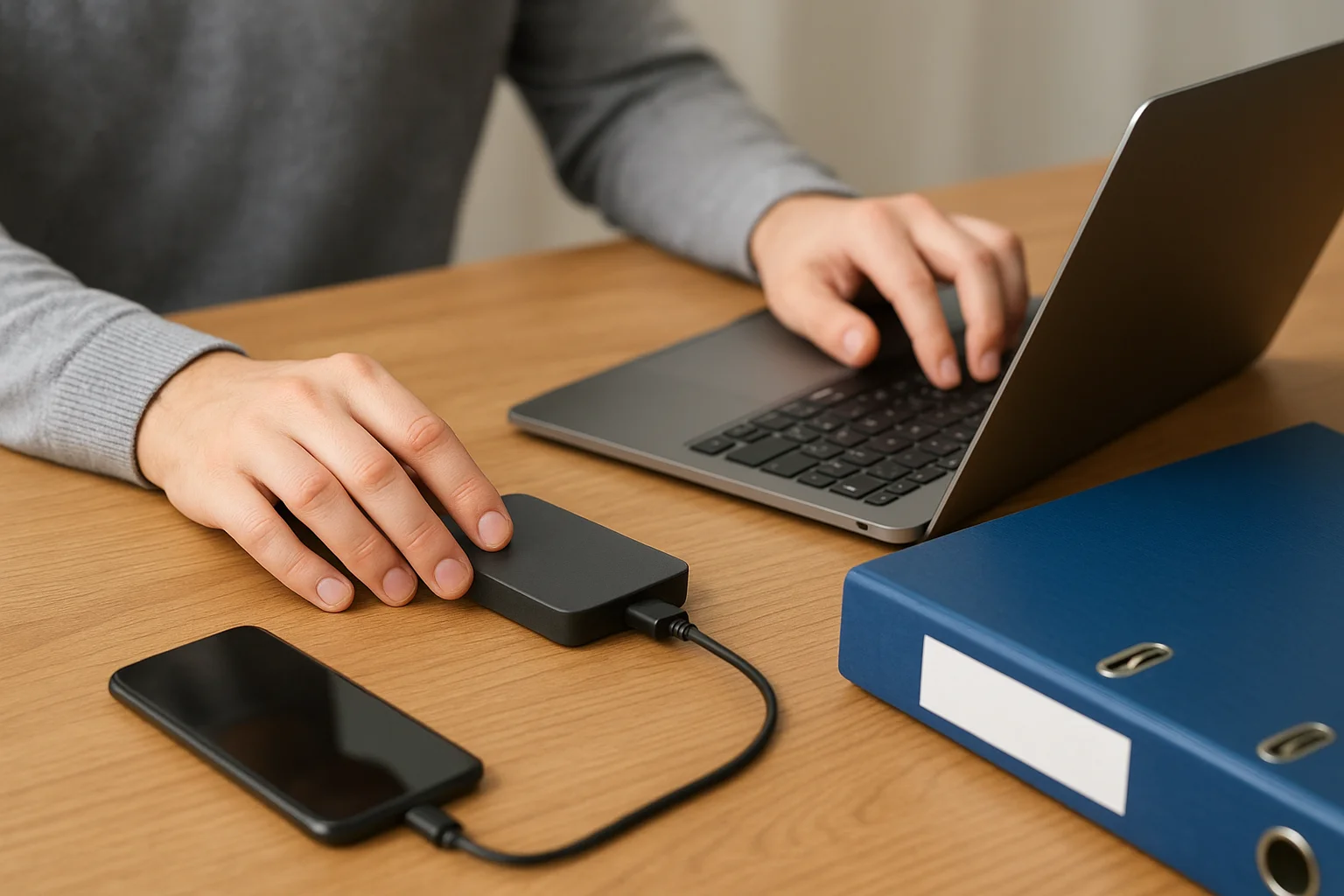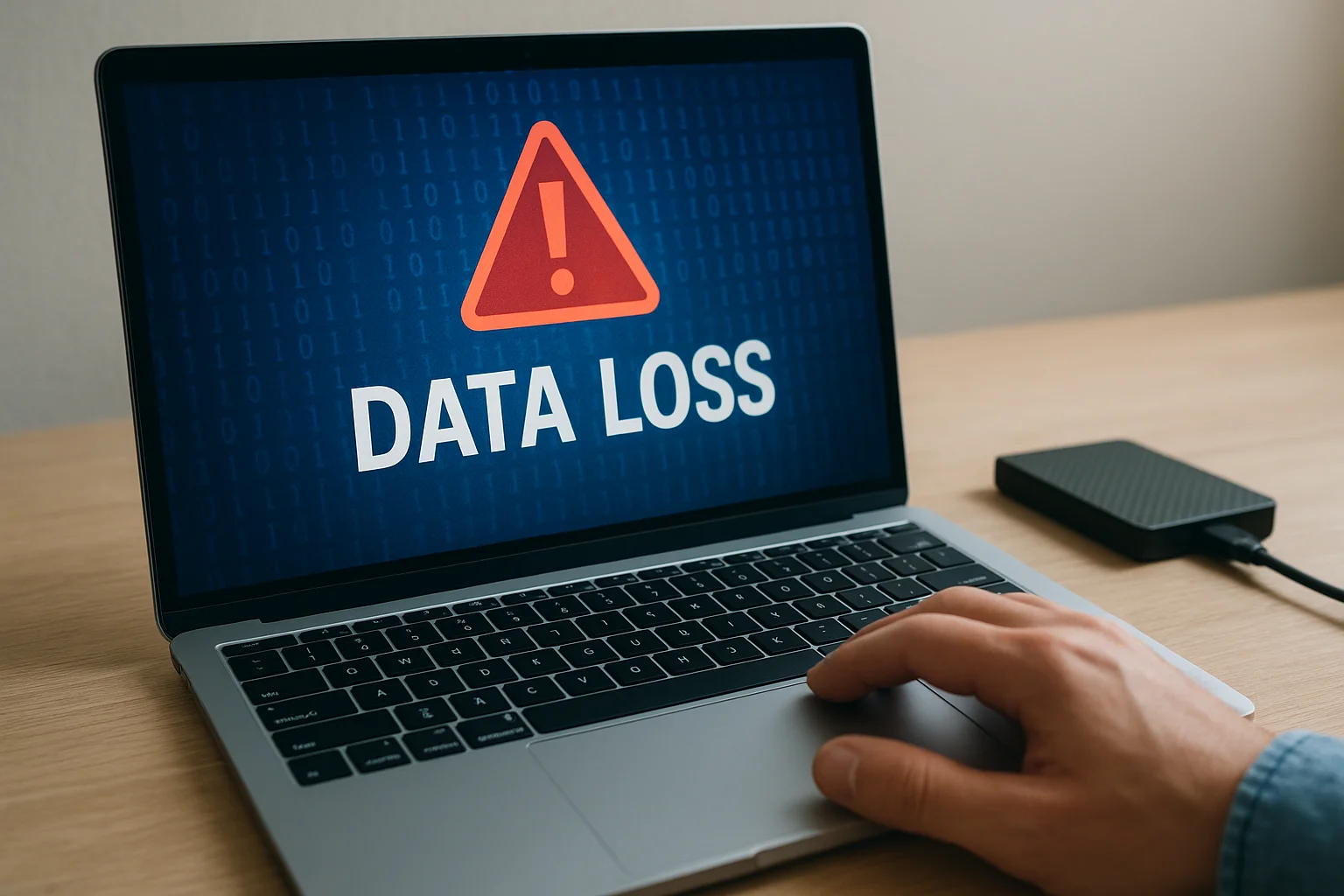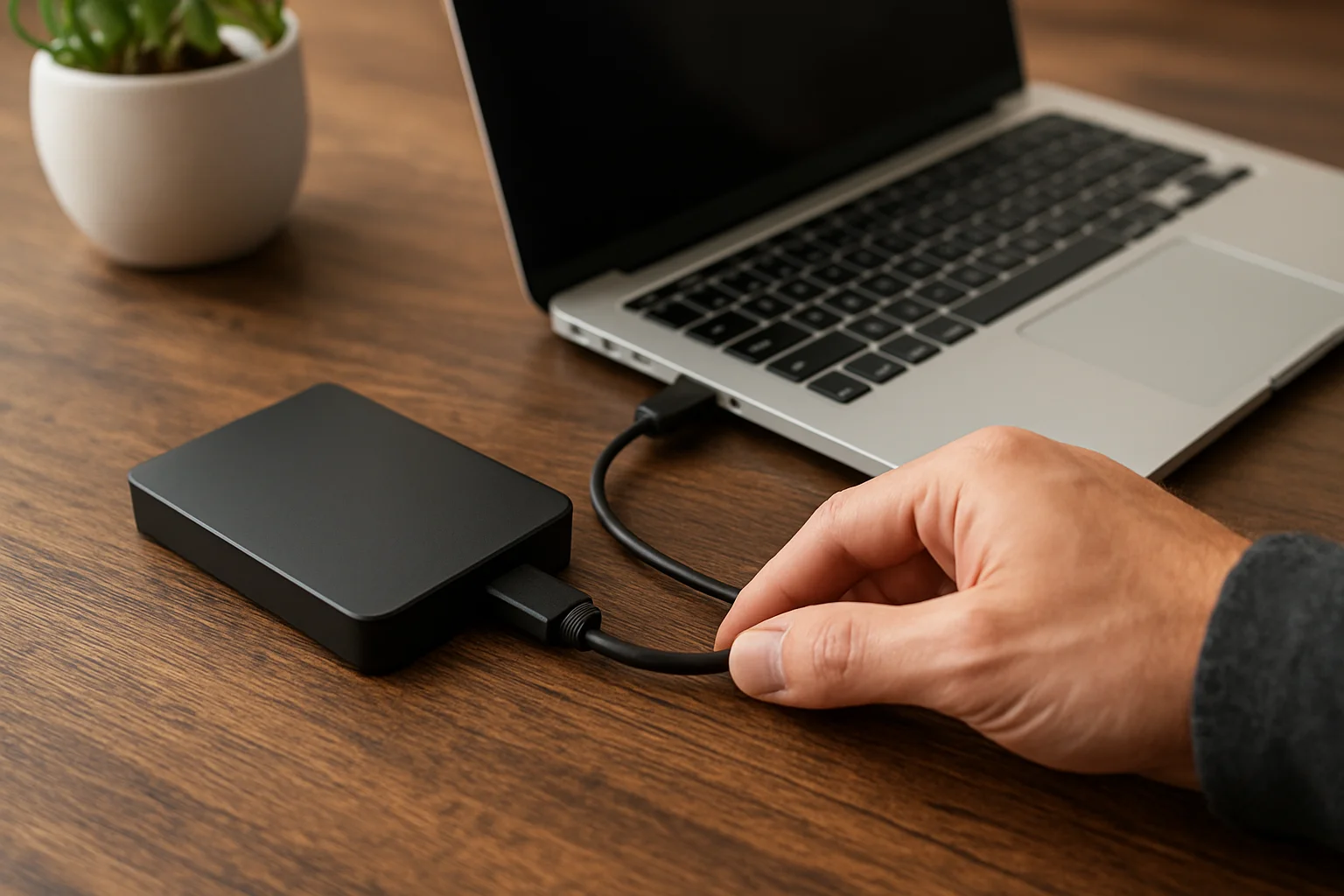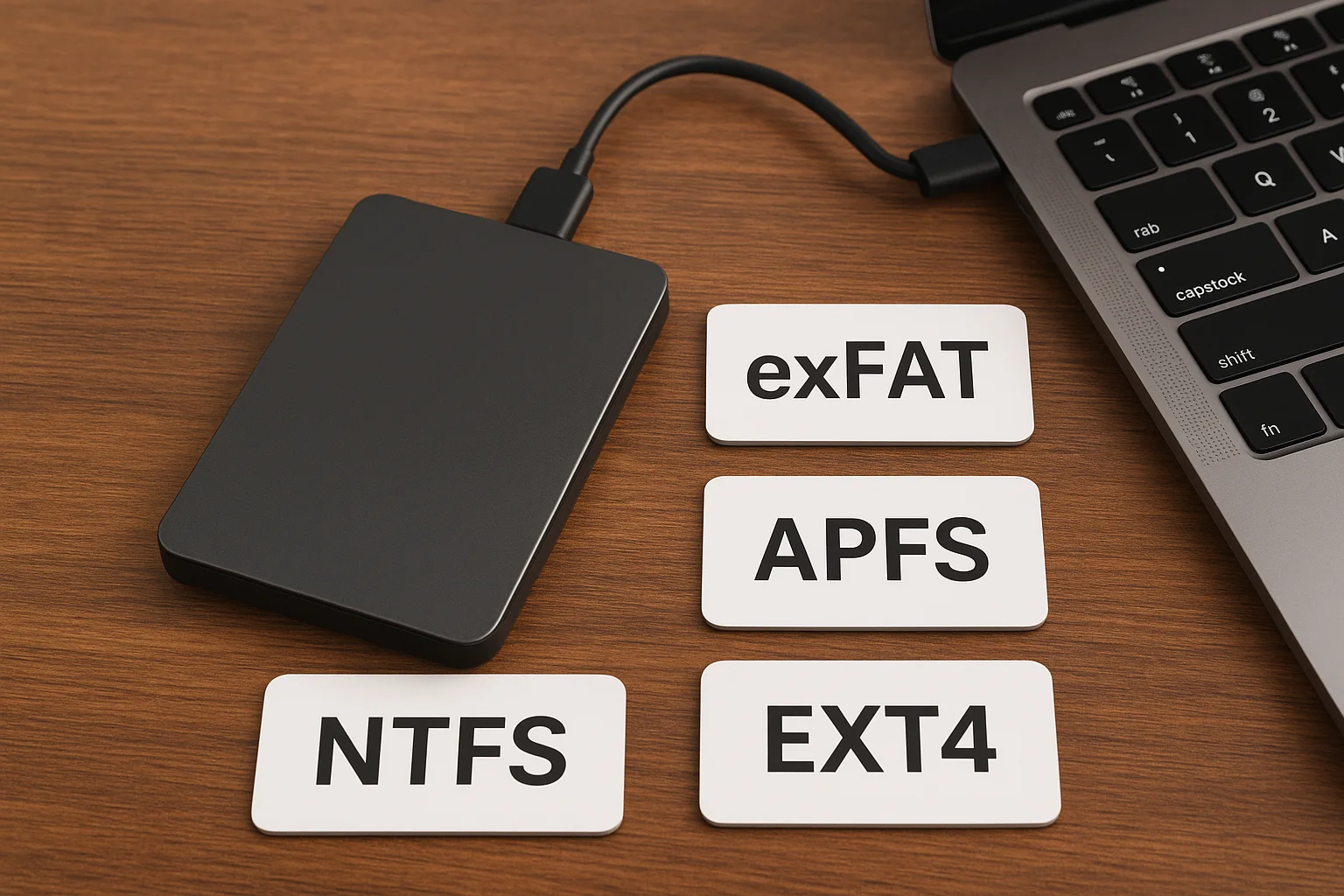Introduction: Why Backups Are Critical
In today’s digital world, data loss is a constant risk. Whether it’s personal photos, business files, or research documents, losing important data can have serious consequences. Common causes include hardware failures, software corruption, accidental deletion, and cyberattacks like ransomware. Many people underestimate the importance of proper backups until it’s too late. Implementing a structured backup strategy is essential for protecting your data and ensuring that you can recover it when needed.
The 3-2-1 backup rule is widely regarded as one of the most reliable strategies for safeguarding digital information. It provides a clear framework that can prevent catastrophic data loss by ensuring redundancy and diversity in your backups. This article will explain the rule in detail and illustrate it with real-life examples to help you implement it effectively.
What is the 3-2-1 Backup Rule?
The 3-2-1 backup rule is a simple yet powerful principle designed to maximize data protection. It consists of three key components:
- 3 copies of your data: Maintain at least three total copies of your data, including the original.
- 2 different media types: Store the copies on at least two different types of storage media to reduce the risk of simultaneous failure.
- 1 offsite copy: Keep at least one copy in a physically separate location to protect against theft, fire, or natural disasters.
Following this rule ensures that your data is resilient against a wide range of threats and can be recovered even in worst-case scenarios.
Breaking Down the Rule: The “3 Copies”
Having multiple copies of your data is the foundation of the 3-2-1 rule. A single copy is vulnerable to deletion, corruption, or hardware failure. By maintaining three copies—the original plus two backups—you significantly reduce the risk of permanent loss.
For example:
- A photographer might keep the original photo library on a desktop computer, a second copy on an external hard drive, and a third copy on a cloud service.
- A small business may have its financial records on the office server, with backups on a local NAS (Network-Attached Storage) and a remote cloud solution.
This strategy ensures that even if one or two copies are compromised, there is always at least one remaining accessible copy.
Different Media: Why “2 Types” Matter
Using different storage media is critical because each medium has its own strengths and weaknesses. Relying on a single type of storage increases the risk of simultaneous failure. Common media types include:
- Internal or external hard drives (HDD/SSD): Fast access and relatively low cost, but susceptible to mechanical failure.
- Optical media (CD/DVD/Blu-ray): Durable and immune to magnetic damage, though slower to read/write.
- Cloud storage: Accessible from anywhere, protected from local disasters, but reliant on internet and provider security.
- Tape storage: Highly durable for long-term archival, commonly used in enterprise environments.
By combining different media types, you protect against scenarios that could affect one medium but not another. For instance, a ransomware attack may encrypt files on your local drives but not affect an offline cloud backup.
The Offsite Copy: Securing “1 Away”
Keeping at least one copy of your data offsite is essential for protecting against physical disasters such as fire, flood, or theft. Offsite backups can be achieved through:
- Cloud storage services: Automatically sync files to a remote server.
- Physical transfer: Regularly moving external drives to a different location.
- Network replication: Duplicating data to a remote server or another office location.
Real-life scenarios illustrate the importance of offsite backups. For example, a small business lost its local server due to a flood, but because one backup was stored in a remote data center, operations were quickly restored with minimal downtime.
Real-Life Examples of the 3-2-1 Rule in Action
Understanding the rule is easier when we see how it applies in practice. Here are some examples:
Example 1: Small Business Data Recovery After Ransomware
A small marketing company experienced a ransomware attack that encrypted all local files. Fortunately, the company had implemented the 3-2-1 rule: their data existed on a local server, an external drive, and a cloud backup. The cloud backup remained untouched, allowing them to restore operations within hours without paying the ransom.
Example 2: Family Photo Library Restored After Hard Drive Failure
A family storing their photo library on a desktop hard drive experienced a mechanical failure. Thanks to the 3-2-1 strategy, they had one copy on an external SSD and another in cloud storage. This redundancy ensured that no precious memories were lost.
Example 3: University Research Data Protection
Researchers often handle critical data that cannot be recreated. A university lab followed the 3-2-1 rule by keeping data on local servers, an internal NAS, and an offsite campus server. When a server experienced a disk failure, the other two copies ensured that research progress continued without interruption.
Common Mistakes People Make with Backups
Even with the 3-2-1 rule, people often make errors that compromise their backups. Common mistakes include:
- Not testing backups: A backup is useless if it cannot be restored.
- Relying on a single location: Local-only backups are vulnerable to theft, fire, and natural disasters.
- Ignoring cloud options: Cloud storage provides offsite redundancy and simplifies disaster recovery.
By following the 3-2-1 rule carefully and avoiding these mistakes, you can ensure that your backups are reliable and actionable.
Tools and Strategies to Implement the 3-2-1 Rule
Implementing the 3-2-1 rule can be straightforward with the right tools and planning. Here are practical strategies:
- Automated backup software: Programs like Acronis, Backblaze, or Veeam can schedule backups across multiple locations and media.
- Cloud synchronization: Services such as Google Drive, Dropbox, or OneDrive provide secure offsite storage and versioning.
- External drives and NAS: Maintain one or more local copies on HDDs or SSDs, and rotate drives periodically.
- Regular testing: Periodically restore files from each backup copy to confirm that data is retrievable.
For businesses, combining automated software with offsite storage is ideal. For personal users, a combination of external drives and cloud storage offers a practical and cost-effective solution. The key is consistency and adherence to the 3-2-1 framework.






